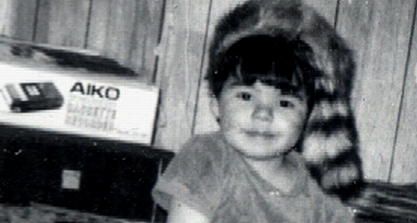[The school's teams are "The Muskies"].
A quick online search found a suitable muskie illustration to base the work upon; just to keep the piece anatomically "in the ballpark".

[Click the illustration, if you wish to visit the sourcepage at TNTOutdoors.]
---
After removing the bulk of the tines (pointy bits), I sketched in the Muskie shape and relative position of eyes, gills, mouth, fins, etc. The antler was chosen for its tine positions that allowed for the projection of the pectoral and pelvic fin pairs and the spread of the tailfin.

The piece was clamped in a vise to remove the excess antler with a right angle grinder and hard disk, then a right angle grinder with a "flap-sander" disc.

Note the parallel "score lines" on the fish's back.


Hard disks are used to cut grooves into the mass of the antler, down to the depth of required removal. "Cross-hatching" the grooves makes the removal of material easier.


After cutting away the bulk of the antler mass immediate to the sculpture, the main beam of the antler is cut away (because the work will be done in the hand from this point instead of the vise) and a rudimentary mouth is cut.
A rotary tool with grinder-disc, burr and sander attachments will be used to finish the piece from this point (the last of the initial sketch still visible on the "outside" of the beam).

Gills and mouth roughed-in; all fins nearly finalised.


Eyes hinted at and given projection by reducing the head around them.
Body's "sinuous" shape exaggerated by reducing opposite sides at different points along length in both vertical and horizontal dimensions.
Tail given "concavity" in vertical dimension. Hard external "plates" on upper jaw roughed in.


Eye shaped and hole drilled for iris representation. Possible installation position mirrors source illustration.

--------------------------------------------------------------------------------------------------
Most of the antler carving that I have seen is Inuit Art [Wikipedia article].
See also, Clint's Inuit and Native Art Bulletin.
But there were some conspicuous examples of carved and polished deer antler in the local, prehistoric, cultural toolkit; harpoon points.
Specifically, fishing harpoons.

[Illustration from the book Grand Mound By Michael K. Budak; published by Minnesota Historical Society Press, 1995.]
Michael Budak ran the Grand Mound Centre, before the MHS closed it in 2003.
This is the type of fishing activity and tool that was represented in my previous posting about the one-day painting challenge at Fort Frances High.
--------------------------------------------------------------------------------------------------
Tags:


1 comment:
Nice work Eric!
Post a Comment